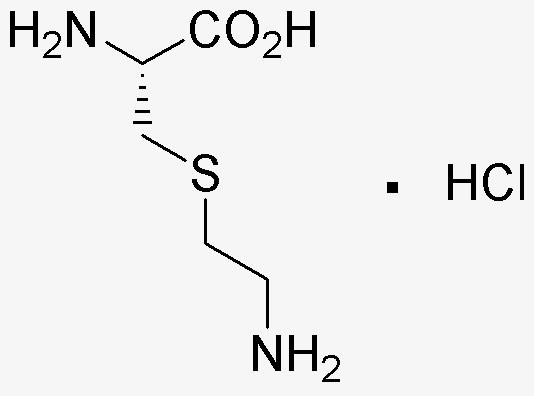Cookie-Einstellungen
Diese Website benutzt Cookies, die für den technischen Betrieb der Website erforderlich sind und stets gesetzt werden. Andere Cookies, die den Komfort bei Benutzung dieser Website erhöhen, der Direktwerbung dienen oder die Interaktion mit anderen Websites und sozialen Netzwerken vereinfachen sollen, werden nur mit Ihrer Zustimmung gesetzt.
Konfiguration
Technisch erforderlich
Diese Cookies sind für die Grundfunktionen des Shops notwendig.
"Alle Cookies ablehnen" Cookie
"Alle Cookies annehmen" Cookie
Ausgewählter Shop
CSRF-Token
Cookie-Einstellungen
FACT-Finder Tracking
Individuelle Preise
Kundenspezifisches Caching
Session
Währungswechsel
Komfortfunktionen
Diese Cookies werden genutzt um das Einkaufserlebnis noch ansprechender zu gestalten, beispielsweise für die Wiedererkennung des Besuchers.
Facebook-Seite in der rechten Blog - Sidebar anzeigen
Merkzettel
Statistik & Tracking
Endgeräteerkennung
Kauf- und Surfverhalten mit Google Tag Manager
Partnerprogramm

| Artikelnummer | Größe | Datenblatt | Manual | SDB | Lieferzeit | Menge | Preis |
|---|---|---|---|---|---|---|---|
| T5000.1 | 1 g | - | - |
3 - 19 Werktage* |
437,00 €
|
||
| T5000.5 | 5 g | - | - |
3 - 19 Werktage* |
1.357,00 €
|
Bei Fragen nutzen Sie gerne unser Kontaktformular.
Bestellen Sie auch per E-Mail: info@biomol.com
Größere Menge gewünscht? Bulk-Anfrage
Bestellen Sie auch per E-Mail: info@biomol.com
Größere Menge gewünscht? Bulk-Anfrage
The lysine analog, thialysine, has been implicated in the mechanism for the inhibitory effect of... mehr
Produktinformationen "Thialysine (S-Aminoethyl-L-cysteine hydrochloride)"
The lysine analog, thialysine, has been implicated in the mechanism for the inhibitory effect of the on human acute leukemia Jurkat T cells. When Jurkat T cells were treated with thialysine (0.32-2.5mM), apoptotic cell death along with several biochemical events such as mitochondrial cytochrome c release, caspase-9 activation, caspase-3 activation, degradation of poly (ADP-ribose) polymerase, and DNA fragmentation was induced in a dose- and time-dependent manner. However, these thialysine-induced apoptotic events were significantly abrogated by an ectopic expression of Bcl-xL, which is known to block mitochondrial cytochrome c release. Decylubiquinone, a mitochondrial permeability transition pore inhibitor, also suppressed thialysine-induced apoptotic events. Comparison of the thialysine-induced alterations in the cell cycle distribution between Jurkat T cells transfected with Bcl-xL gene (J/Bcl-xL) and Jurkat T cells transfected with vector (J/Neo) revealed that the apoptotic cells were mainly derived from the cells accumulated in S and G2/M phases following thialysine treatment. The interruption of cell cycle progression in the presence of thialysine was accompanied by a significant decline in the protein level of cdk4, cdk6, cdc2, cyclin A, cyclin B1, and cyclin E. These results demonstrate that the cytotoxic activity of thialysine toward Jurkat T cells is attributable to not only apoptotic cell death mediated by a mitochondria-dependent death signaling pathway, but also interruption of cell cycle progression by a massive down-regulation in the level of cdks and cyclins. Synonyms: S-(2-Aminoethyl)-L-cysteine Monohydrochloride, NSC 186915,, S-(2-Aminoethyl)-L-cysteine Hydrochloride,, S-(2-Aminoethyl)-L-cysteine Monohydrochloride,, S-(beta-Aminoethyl)-L-cysteine Hydrochloride, Thialysine Hydrochloride, CAS Number: 4099-35-8, Molecular Formula: C5H12N2O2S·HCl, Molecular Weight: 200.70, Appearance: Supplied as a light beige powder, Purity (TLC): ~99%, Solubility (H2O, 50mg/ml): Light tan, clear, Melting Point: 200-202°C , Specific Rotation (a,24 D): As reported (1% in water), Important Note: This product as supplied is intended for research use only, not for use in human, therapeutic or diagnostic applications without the expressed written authorization of United States Biological. Toxicity and Hazards: All products should be handled by qualified personnel only, trained in laboratory procedures.
| Hersteller: | United States Biological |
| Hersteller-Nr: | T5000 |
Eigenschaften
| Formel: | C5H12N2O2S?Cl |
Datenbank Information
| CAS : | 4099-35-8| Passende Produkte |
Handhabung & Sicherheit
| Lagerung: | +4°C |
| Versand: | +4°C (International: +4°C) |
Achtung
Nur für Forschungszwecke und Laboruntersuchungen: Nicht für die Anwendung im oder am Menschen!
Nur für Forschungszwecke und Laboruntersuchungen: Nicht für die Anwendung im oder am Menschen!
Hier folgen Informationen zur Produktreferenz.
mehr
Hier kriegen Sie ein Zertifikat
Loggen Sie sich ein oder registrieren Sie sich, um Analysenzertifikate anzufordern.
Bewertungen lesen, schreiben und diskutieren... mehr
Kundenbewertungen für "Thialysine (S-Aminoethyl-L-cysteine hydrochloride)"
Bewertung schreiben
Loggen Sie sich ein oder registrieren Sie sich, um eine Produktbewertung abzugeben.
Zuletzt angesehen

